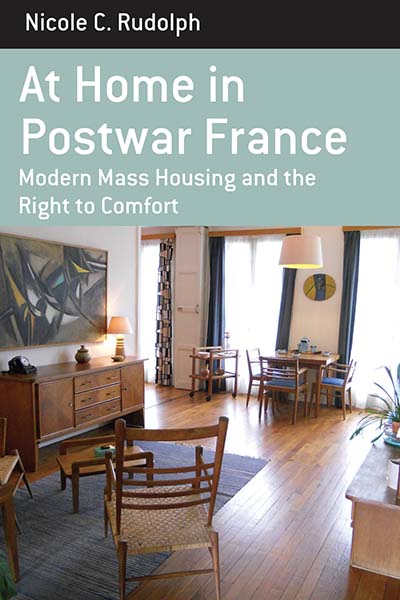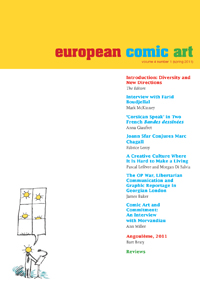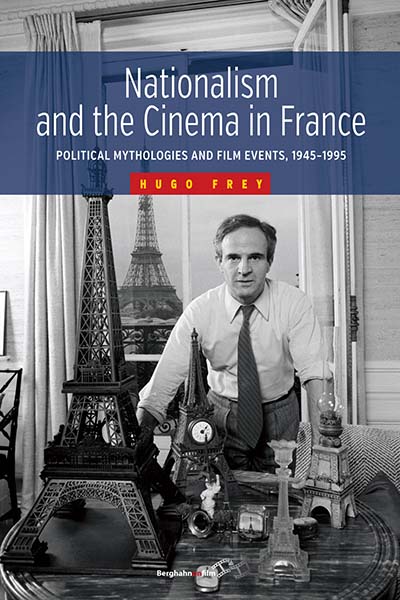 Below is an electronic interview between the Berghahn blog editor and Annina Schneller, contributor to the latest issue of the journal Nature and Culture. Annina Schneller is a contributor to the article titled “Design Rhetoric: Studying the Effects of Designed Objects” which appears in Volume 10, Number 3.
Below is an electronic interview between the Berghahn blog editor and Annina Schneller, contributor to the latest issue of the journal Nature and Culture. Annina Schneller is a contributor to the article titled “Design Rhetoric: Studying the Effects of Designed Objects” which appears in Volume 10, Number 3.
Annina Schneller, how come a philosopher does research about design?
Philosophy is a highly theoretical science and I always felt a lack of sensuality, a detachment from real experience and the problems we encounter in everyday life. I am interested in the practical aspects of ordinary life and in grasping‚ the bigger picture’, which also means to transcend disciplinary borders. In my research, conceptual, theoretical questions merge with practice-based questions of creation and effect in design.
You are following a rhetorical approach to design. What does that mean?
In analogy to rhetorics – the art of speech – I try to define a system that enables us to analyse design, but also to instruct designers for practice. Both rhetoric and design are intrinsically effect oriented. Their success lies in creating a certain reaction in a public. In my research, I try to find out which elements of design – colour, shape, material, composition etc. – are apt to create effects in the beholder or user and how this interrelation can be purposefully shaped. My article in Nature and Culture presents a design rhetorical view by referring to different practice-based research projects I have been working on. I particularly focus on the methodological problems that have occurred in identifying design effects and pinning down design rules.
How does this kind of design research link to the issues of Nature and Culture?
The impact of design is of concern for cultural studies, since design objects constitute a large part of human culture. Most of the things that surround us, we work with, we enjoy or that stand in our way are products of design. The boundary between natural and artificial objects can be questioned by reference to design: Many of the seemingly natural things such as plants or rivers can nowadays be seen as infiltrated by human design endeavours. So, if the apple in the supermarket has been designed to look fresh and crisp, does it belong to nature or culture now?
ANNINA SCHNELLER is a Philosopher and Researcher in Communication Design
at Bern University of the Arts, responsible for the research field of Design
and Rhetoric.
 This post is the transcript of an electronic interview between D. S. Farrer and James D. Sellmann. Farrer is the special issue editor for Social Analysis Volume 58, Issue 1, and Sellmann is the co-author of the article “Chants of Re-enchantment: Chamorro Spiritual Resistance to Colonial Domination“ appearing in that issue. Below, Sellmann answers a series of questions related to his article in Social Analysis.
This post is the transcript of an electronic interview between D. S. Farrer and James D. Sellmann. Farrer is the special issue editor for Social Analysis Volume 58, Issue 1, and Sellmann is the co-author of the article “Chants of Re-enchantment: Chamorro Spiritual Resistance to Colonial Domination“ appearing in that issue. Below, Sellmann answers a series of questions related to his article in Social Analysis.




